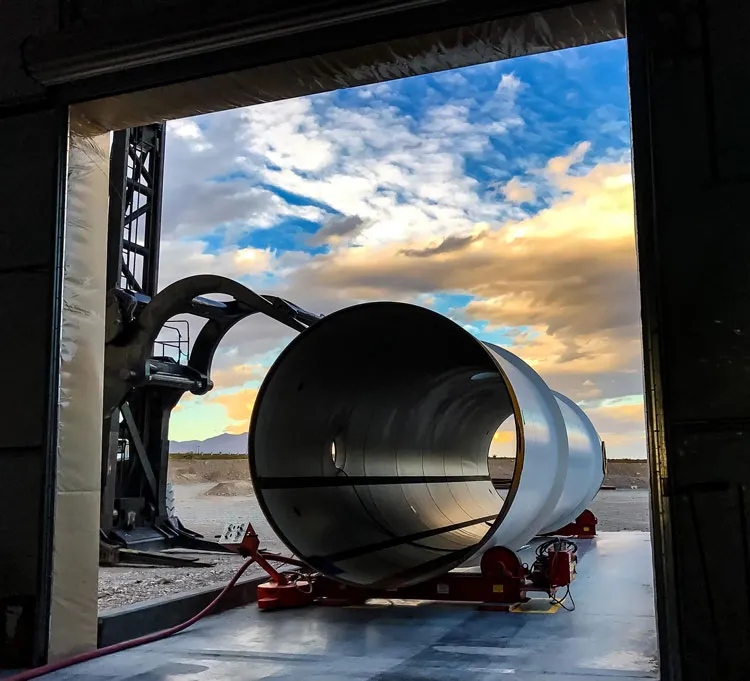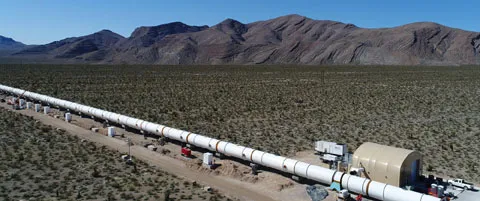Greeley gets hyped about Hyperloop project

 GREELEY — When it comes to snagging the vaunted Hyperloop project, the odds appear to be in Northern Colorado’s favor, with three of 11 U.S. finalists running through the region.
GREELEY — When it comes to snagging the vaunted Hyperloop project, the odds appear to be in Northern Colorado’s favor, with three of 11 U.S. finalists running through the region.
Currently under development in the Nevada desert, Hyperloop is Tesla CEO Elon Musk’s vision for a futuristic, ground-based transportation system that would rival commercial air travel. A recent company press release explains the theory: Passengers and cargo are loaded into a pod and accelerate gradually via electric propulsion through a low-pressure tube. The pod quickly lifts above…
THIS ARTICLE IS FOR SUBSCRIBERS ONLY
Continue reading for less than $3 per week!
Get a month of award-winning local business news, trends and insights
Access award-winning content today!
